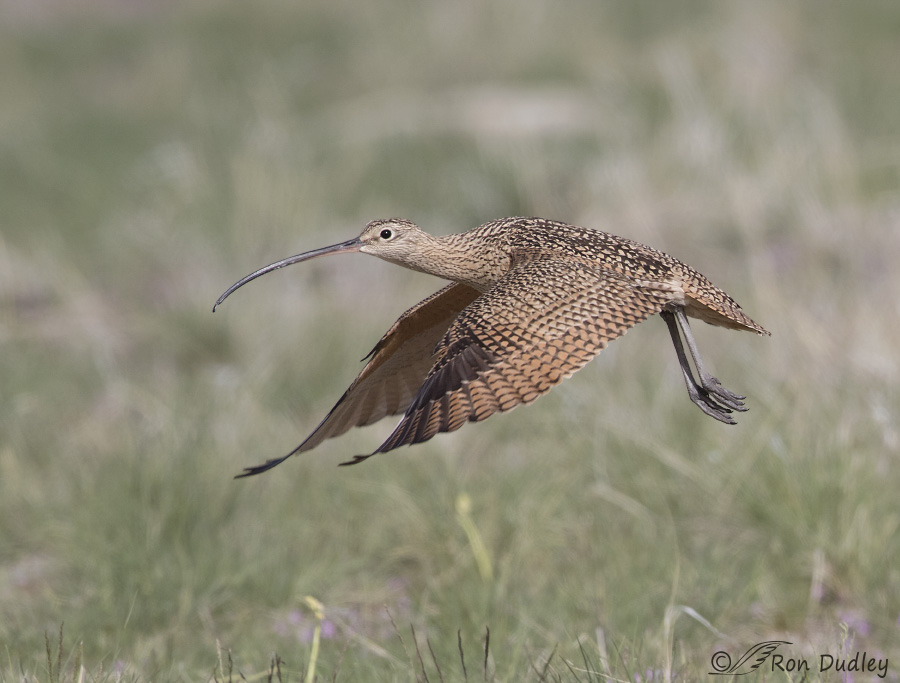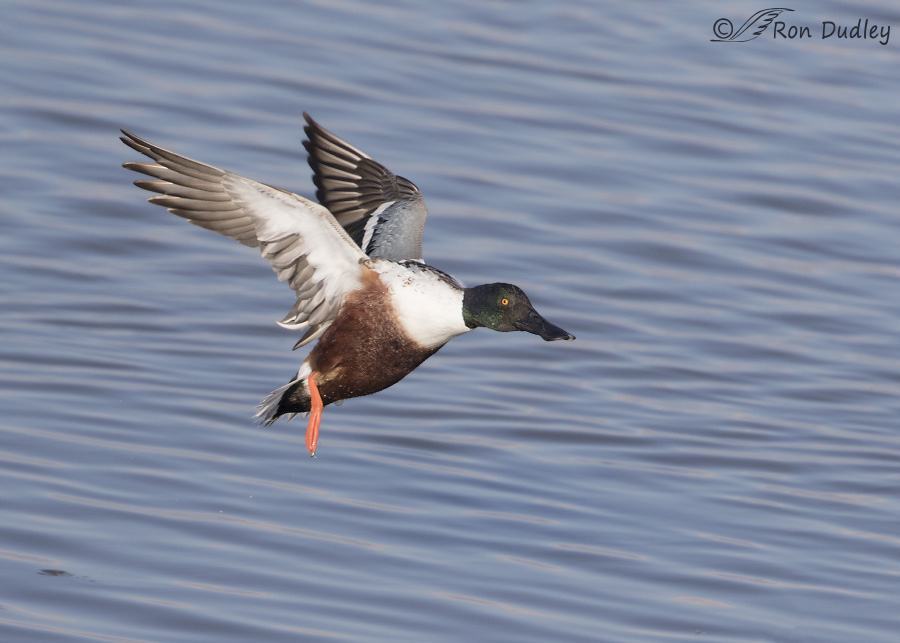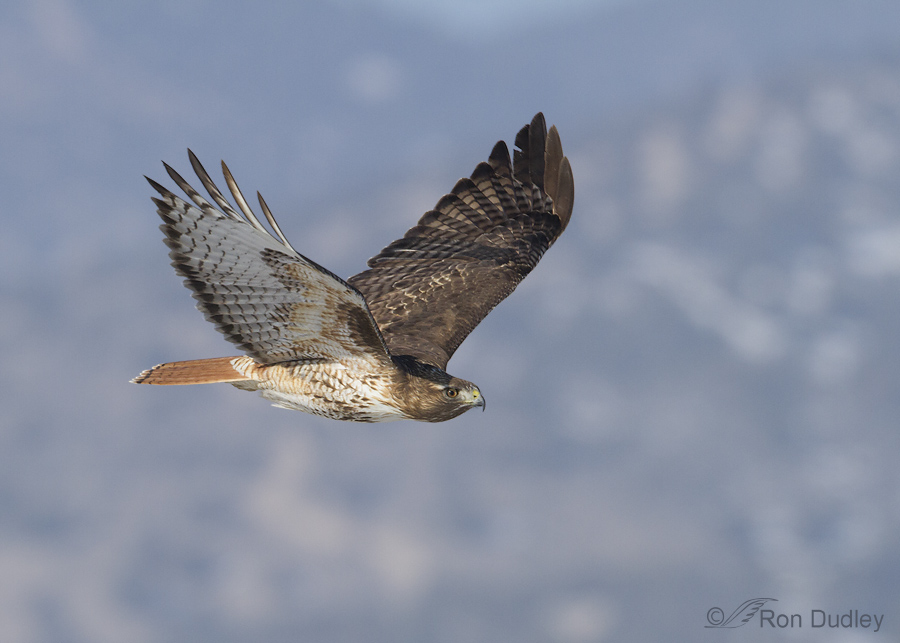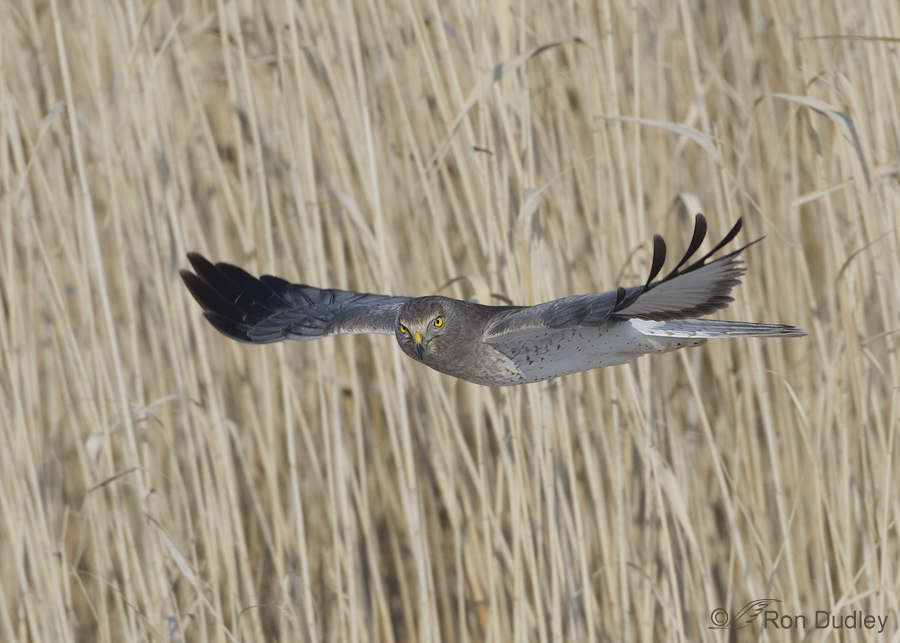Tag: focus
Northern Shoveler Just Before Splash-down
Red-tailed Hawk In Full Flight
Male Northern Harrier In Flight – A Lucky Shot
Barn Owl Hunting Over A Hoarfrosted Hill
The Barn Owls are still hunting sporadically during daylight in northern Utah. I’ve seen them doing so in a variety of areas and heard reports of it happening elsewhere. Some areas near the Great Salt Lake are literally “magical wonderlands” in the early mornings due to the thick layer of hoarfrost that covers nearly everything. The frost falls off the vegetation during the day, then reforms during the night. The hoarfrost produces a setting for my images that appeals to me. The camera settings for the images in this post were: 1/3200, f/7.1, ISO 500, 500 f/4. The owl was not baited, set up or called in. Yesterday morning this owl was hunting along the upper edge of a steep-sided hill as it came in my general direction and then rounded the hill to my right. In the first four shots you can see that its attention is riveted to the side of the hill where the snow cover is much less deep than it is everywhere else, which would increase the chances of spotting a vole. I chose to compose these images a little differently so that the frost-covered hunting ground becomes almost as important to the image as the bird. If you have any thoughts on this composition I’d be interested in hearing them. As the bird rounded the hilltop and got closer to me the frosted vegetation became more dominant in the images. You can see that the snow on the hillside is patchy (most of the white is frost) so I believe that…
Juvenile Red-tailed Hawk
For several days early last month I was able to photograph this juvenile Red-tailed Hawk (and occasionally its apparent sibling) while it was “sit and wait” hunting for voles from elevated rocks on Antelope Island. The first six images I’ve presented here were all taken on the same morning. 1/2000, f/7.1, ISO 400, 500 f/4, 1.4 tc, natural light, not baited, set up or called in Many of these shots were taken during or just after take-off and you’ll notice that the bird was flying to my left in all six images taken that morning. That’s due to the “lay of the land” and the fact that the rocks this bird was hunting from were angled on the side of the mountain in such a way that the hawk was always hunting an area to my left. This is one of the few times the bird took off when it wasn’t after prey. 1/3200, f/6.3, ISO 400, 500 f/4, natural light, not baited, set up or called in When the hawk had spotted prey before it took off it never took its eyes off the quarry as it was going in, so I normally wouldn’t get direct eye contact. This bird was very close when it took off – you’ll notice from my techs that I’d removed my tc and the hawk was still quite large in the frame. 1/2000, f/6.3, ISO 500, 500 f/4, 1.4 tc, natural light, not baited, set up or called in It was somewhat problematic when there were rocks directly behind the…
Swainson’s Hawk Take-off
A couple of weeks ago I watched as a couple of juvenile Swainson’s Hawks hunted grasshoppers on the ground in Montana’s Centennial Valley. The birds were often largely obscured by grasses so I waited for take-off. . 1/2000, f 7.1, ISO 500, 500 f/4, 1.4 tc In a situation like this it’s usually very difficult to lock and maintain focus on the bird as it takes off because of the closeness of the grasses in the background – typically autofocus tries to lock on to the background elements when they’re this close to the subject. But in this case there was enough contrast between the light-colored grasses and the relatively dark bird that I was able to get 13 images where the bird was sharp and no body parts were clipped. The problem with many of them (as often happens) was that the timing of the wing flaps was synchronized with the burst rate of my Canon 7D and the wing position in many of those shots wasn’t ideal. I wasn’t bothered by the flying insect below the bird for two reasons: 1), it amused me because it almost looks like the bug is taking flying lessons from the hawk and 2), it was natural and it was there. 1/2000, f 7.1, ISO 500, 500 f/4, 1.4 tc When I get similar shots such as these I can’t help comparing the strengths and weaknesses of each. I prefer the better eye contact in the first image but like the wing and tail position and better light under the wing…
Curlew Peekaboo Take-off
When Long-billed Curlews take off they have a little trick they use to get airborne quickly. This is our largest North American shorebird and in addition to their extremely long bill they have very long legs. Since this is a grassland species it would often be very difficult to get a running start at take-off through the tall vegetation so they use their long legs to full advantage by crouching so low that their belly often touches the ground and then they spring into the air by quickly straightening those very long legs (jumping). This can be problematic for the photographer wishing to get take-off shots because this is a large bird and they explode into the air so quickly that you tend to either cut off part of the bird or lose focus on the subject at the most critical point of the take-off. But knowing and anticipating their behavior can give you a better chance at a quality shot or two. These three images from yesterday on Antelope Island are sequential in a quick burst at take-off. The first two are of crappy quality but I include them to illustrate my point. Here the curlew has crouched as low as it can get prior to take-off. I temporarily lost sharp focus on the head because of the foreground vegetation and because of camera movement as I moved my aim upwards in an attempt to get the entire bird in the frame as it lifted off. In the second shot of the burst, focus has locked onto the bird again as…
A Bitter Lesson in Depth of Field
I have spent many hours photographing Burrowing Owls over the past two summers but it’s a real challenge to get clear shots of them as they typically stay on the ground and are usually at least partially obscured by vegetation. For me it’s a real coup to get one on an elevated, natural perch in good light. Last week I had a wonderful opportunity with them and simply blew it. As we approached our “owl spot” we noticed that there were three of them perched up high on a sagebrush in beautiful early morning light. I maneuvered my pickup for the best light angle I could get and to obtain separation of the owls from each other. Everything perfect. And all three birds gave us a variety of interesting poses for several minutes. I had noticed that the owl on the left was perhaps a foot (or slightly less) closer to us than the other two birds so I was concerned about depth of field. I seldom shoot multiple subjects and typically with only one bird I’m shooting at f/6.1 – f/8 depending on the situation. Knowing I needed more DOF here I dialed in f/13 thinking that would be plenty to get all three birds sharp. The image below is typical of the results I got. Burrowing Owl – Canon 7D, 500 f/4, 1.4 tc, 1/200, f/13, ISO 500, cropped to 77% of original image The owl on the left is noticeably soft. That is quite apparent at a larger image size, say 1200 pixels, though not quite so obvious at this…
Northern Shoveler Just Before Splash-down
Red-tailed Hawk In Full Flight
Male Northern Harrier In Flight – A Lucky Shot
Barn Owl Hunting Over A Hoarfrosted Hill
The Barn Owls are still hunting sporadically during daylight in northern Utah. I’ve seen them doing so in a variety of areas and heard reports of it happening elsewhere. Some areas near the Great Salt Lake are literally “magical wonderlands” in the early mornings due to the thick layer of hoarfrost that covers nearly everything. The frost falls off the vegetation during the day, then reforms during the night. The hoarfrost produces a setting for my images that appeals to me. The camera settings for the images in this post were: 1/3200, f/7.1, ISO 500, 500 f/4. The owl was not baited, set up or called in. Yesterday morning this owl was hunting along the upper edge of a steep-sided hill as it came in my general direction and then rounded the hill to my right. In the first four shots you can see that its attention is riveted to the side of the hill where the snow cover is much less deep than it is everywhere else, which would increase the chances of spotting a vole. I chose to compose these images a little differently so that the frost-covered hunting ground becomes almost as important to the image as the bird. If you have any thoughts on this composition I’d be interested in hearing them. As the bird rounded the hilltop and got closer to me the frosted vegetation became more dominant in the images. You can see that the snow on the hillside is patchy (most of the white is frost) so I believe that…
Juvenile Red-tailed Hawk
For several days early last month I was able to photograph this juvenile Red-tailed Hawk (and occasionally its apparent sibling) while it was “sit and wait” hunting for voles from elevated rocks on Antelope Island. The first six images I’ve presented here were all taken on the same morning. 1/2000, f/7.1, ISO 400, 500 f/4, 1.4 tc, natural light, not baited, set up or called in Many of these shots were taken during or just after take-off and you’ll notice that the bird was flying to my left in all six images taken that morning. That’s due to the “lay of the land” and the fact that the rocks this bird was hunting from were angled on the side of the mountain in such a way that the hawk was always hunting an area to my left. This is one of the few times the bird took off when it wasn’t after prey. 1/3200, f/6.3, ISO 400, 500 f/4, natural light, not baited, set up or called in When the hawk had spotted prey before it took off it never took its eyes off the quarry as it was going in, so I normally wouldn’t get direct eye contact. This bird was very close when it took off – you’ll notice from my techs that I’d removed my tc and the hawk was still quite large in the frame. 1/2000, f/6.3, ISO 500, 500 f/4, 1.4 tc, natural light, not baited, set up or called in It was somewhat problematic when there were rocks directly behind the…
Swainson’s Hawk Take-off
A couple of weeks ago I watched as a couple of juvenile Swainson’s Hawks hunted grasshoppers on the ground in Montana’s Centennial Valley. The birds were often largely obscured by grasses so I waited for take-off. . 1/2000, f 7.1, ISO 500, 500 f/4, 1.4 tc In a situation like this it’s usually very difficult to lock and maintain focus on the bird as it takes off because of the closeness of the grasses in the background – typically autofocus tries to lock on to the background elements when they’re this close to the subject. But in this case there was enough contrast between the light-colored grasses and the relatively dark bird that I was able to get 13 images where the bird was sharp and no body parts were clipped. The problem with many of them (as often happens) was that the timing of the wing flaps was synchronized with the burst rate of my Canon 7D and the wing position in many of those shots wasn’t ideal. I wasn’t bothered by the flying insect below the bird for two reasons: 1), it amused me because it almost looks like the bug is taking flying lessons from the hawk and 2), it was natural and it was there. 1/2000, f 7.1, ISO 500, 500 f/4, 1.4 tc When I get similar shots such as these I can’t help comparing the strengths and weaknesses of each. I prefer the better eye contact in the first image but like the wing and tail position and better light under the wing…
Curlew Peekaboo Take-off
When Long-billed Curlews take off they have a little trick they use to get airborne quickly. This is our largest North American shorebird and in addition to their extremely long bill they have very long legs. Since this is a grassland species it would often be very difficult to get a running start at take-off through the tall vegetation so they use their long legs to full advantage by crouching so low that their belly often touches the ground and then they spring into the air by quickly straightening those very long legs (jumping). This can be problematic for the photographer wishing to get take-off shots because this is a large bird and they explode into the air so quickly that you tend to either cut off part of the bird or lose focus on the subject at the most critical point of the take-off. But knowing and anticipating their behavior can give you a better chance at a quality shot or two. These three images from yesterday on Antelope Island are sequential in a quick burst at take-off. The first two are of crappy quality but I include them to illustrate my point. Here the curlew has crouched as low as it can get prior to take-off. I temporarily lost sharp focus on the head because of the foreground vegetation and because of camera movement as I moved my aim upwards in an attempt to get the entire bird in the frame as it lifted off. In the second shot of the burst, focus has locked onto the bird again as…
A Bitter Lesson in Depth of Field
I have spent many hours photographing Burrowing Owls over the past two summers but it’s a real challenge to get clear shots of them as they typically stay on the ground and are usually at least partially obscured by vegetation. For me it’s a real coup to get one on an elevated, natural perch in good light. Last week I had a wonderful opportunity with them and simply blew it. As we approached our “owl spot” we noticed that there were three of them perched up high on a sagebrush in beautiful early morning light. I maneuvered my pickup for the best light angle I could get and to obtain separation of the owls from each other. Everything perfect. And all three birds gave us a variety of interesting poses for several minutes. I had noticed that the owl on the left was perhaps a foot (or slightly less) closer to us than the other two birds so I was concerned about depth of field. I seldom shoot multiple subjects and typically with only one bird I’m shooting at f/6.1 – f/8 depending on the situation. Knowing I needed more DOF here I dialed in f/13 thinking that would be plenty to get all three birds sharp. The image below is typical of the results I got. Burrowing Owl – Canon 7D, 500 f/4, 1.4 tc, 1/200, f/13, ISO 500, cropped to 77% of original image The owl on the left is noticeably soft. That is quite apparent at a larger image size, say 1200 pixels, though not quite so obvious at this…





